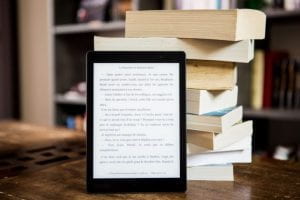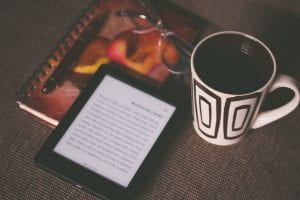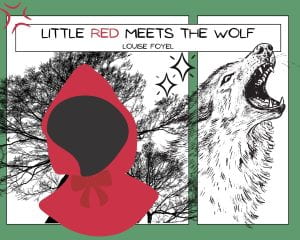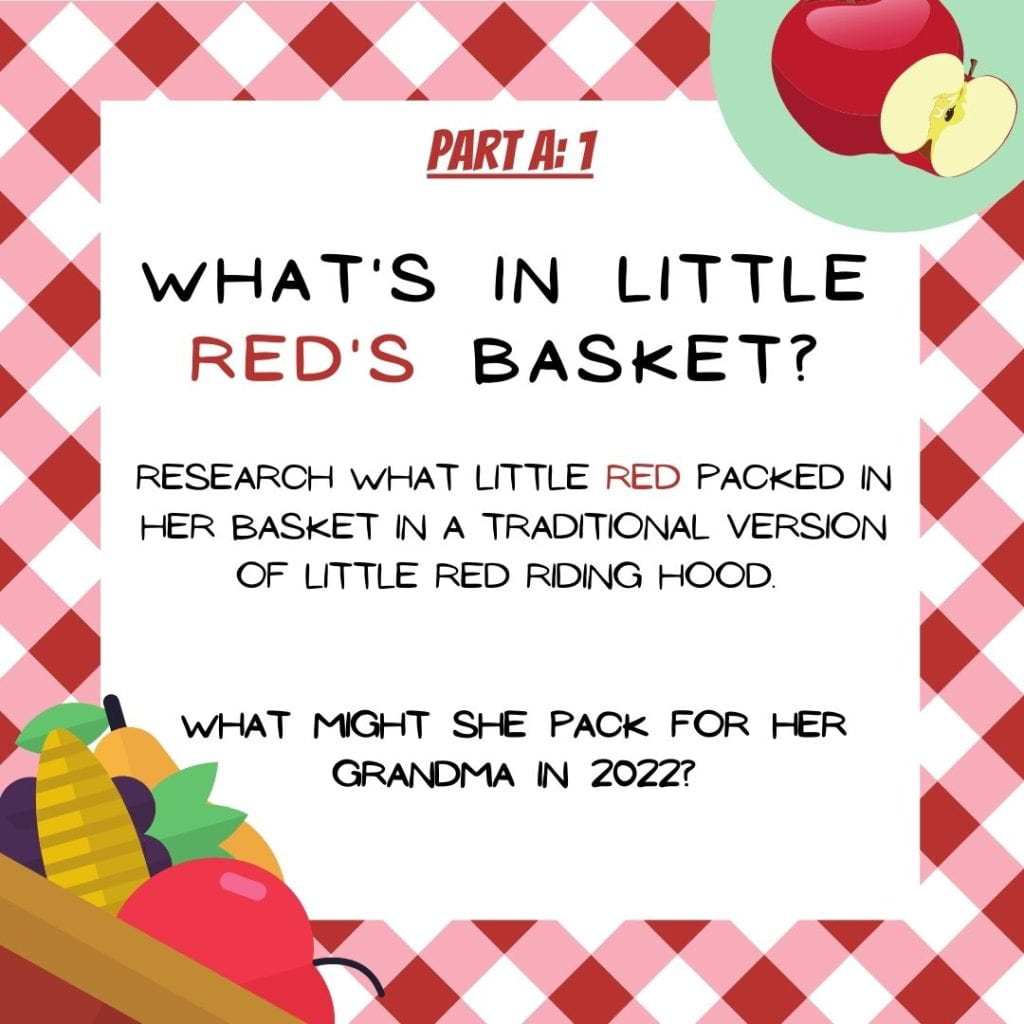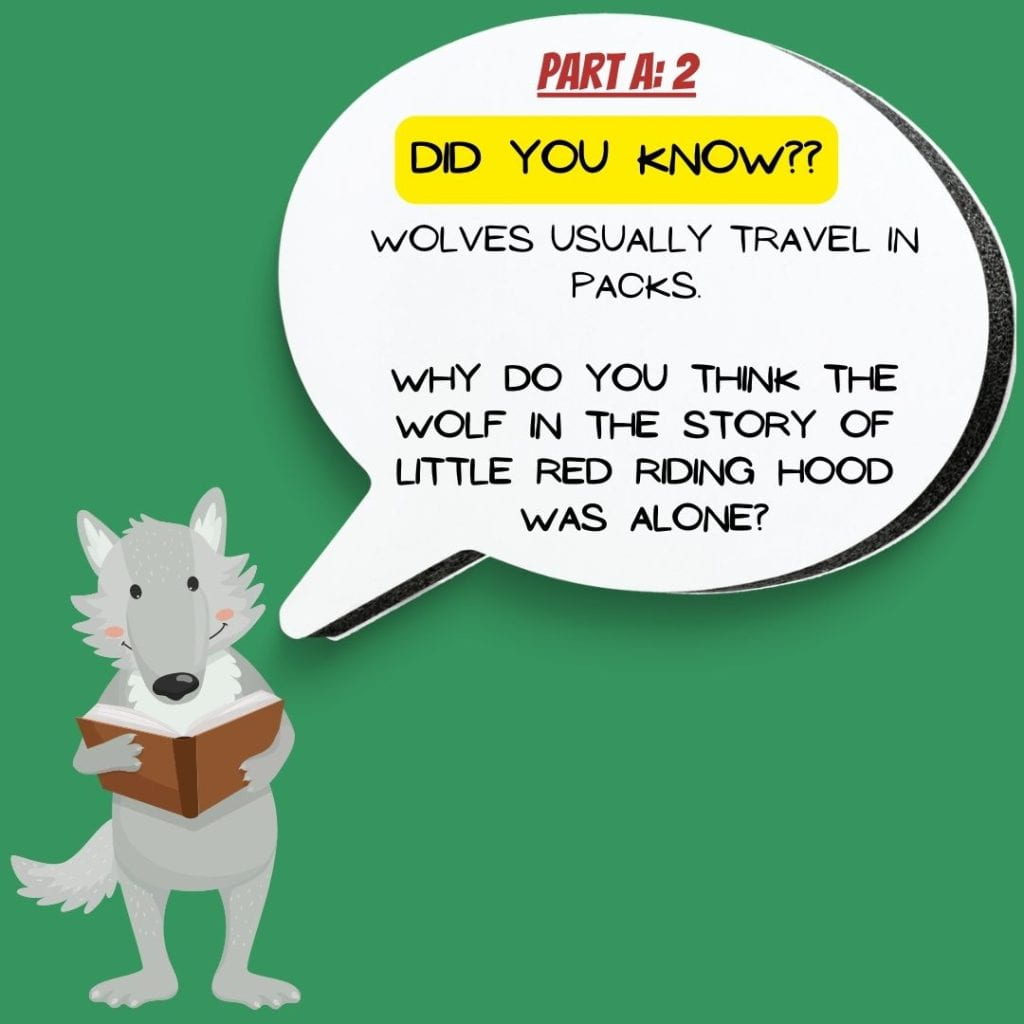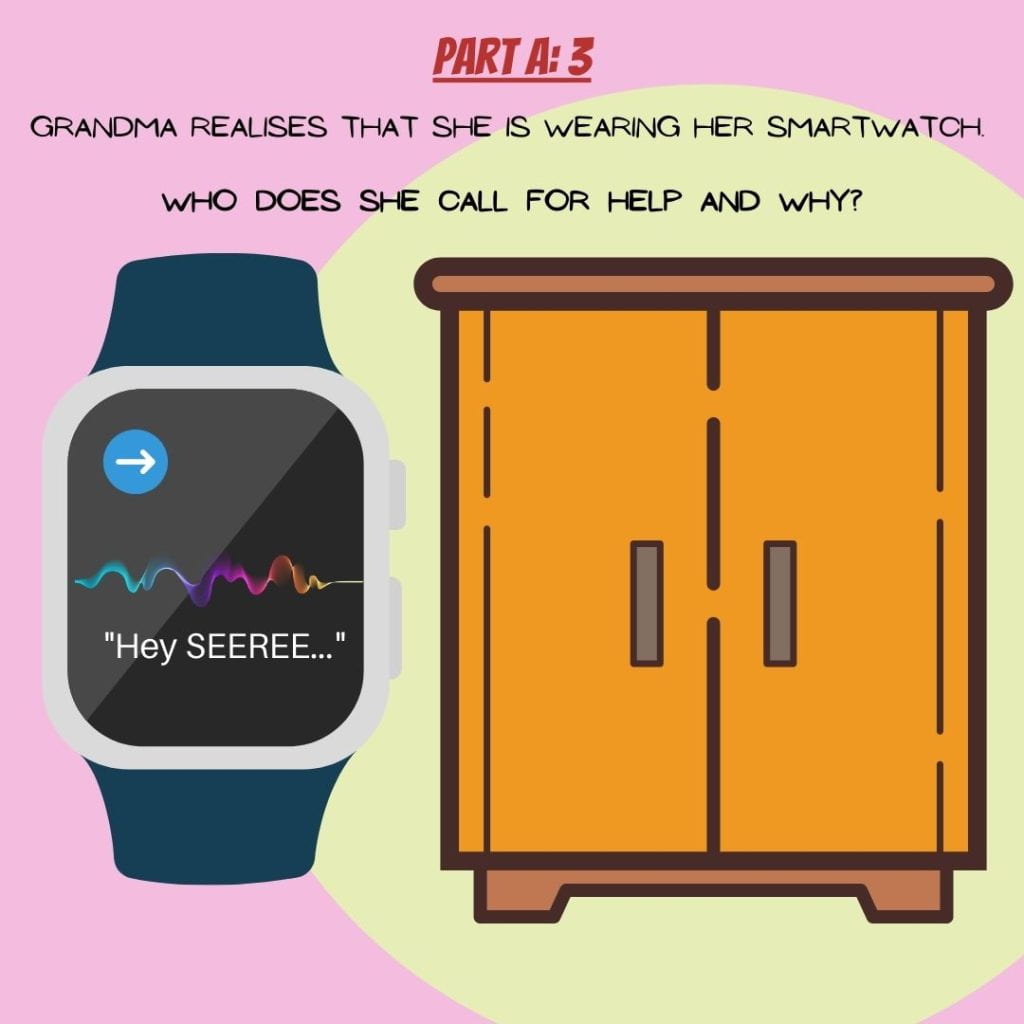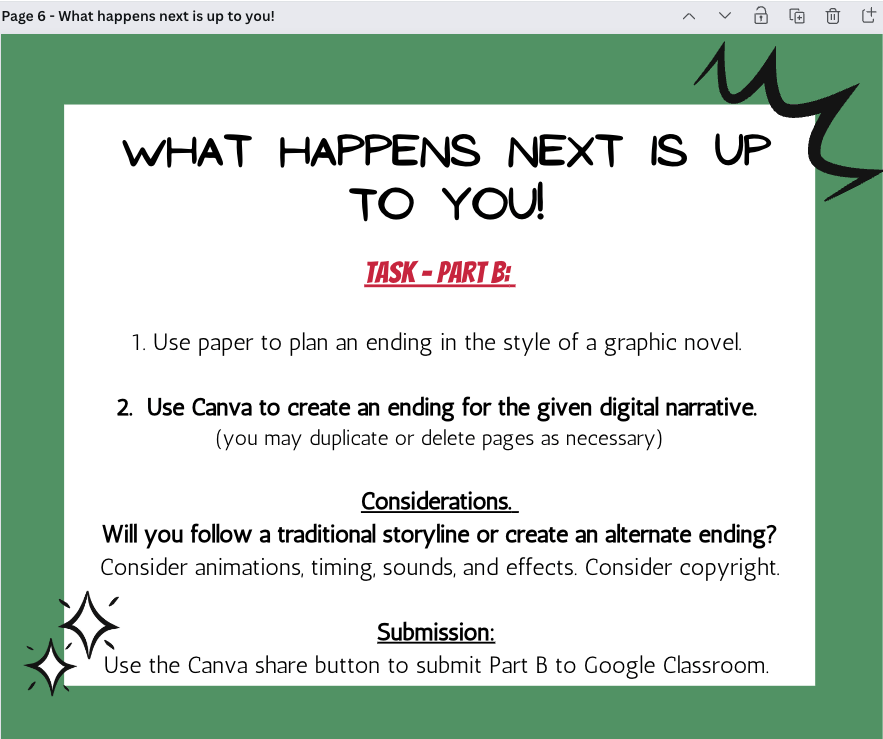ETL504 ~ Teacher Librarian as Leader: Assessment 2 Part B
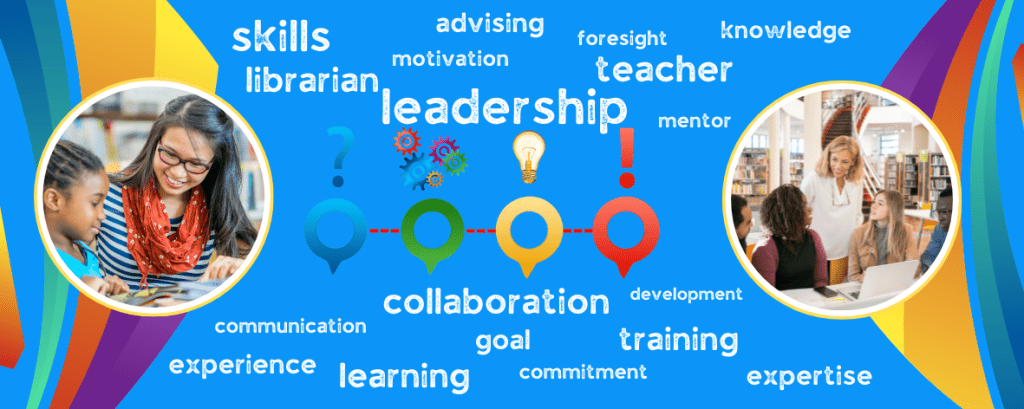
The teacher librarian (TL) role is complex and challenging to understand and encompasses far more than I first envisaged. In my introductory forum post (Foyel, 2023, February 21) I identified the TL as being an advocate for the school library; promoting the role and a culture of reading within the school setting. This subject has provided opportunities for me to reflect on the TL role as one of leadership, collaboration, and professional learning; where strategic planning and leadership theory helped me to identify the type of leader I aspire to be.
I began by analysing what a leader is and how they positively influence others to achieve specific outcomes. In an earlier blog (Foyel, 2023, March 3), I reflected on inspirational leaders and educators whom I have worked with and the qualities that positioned them as effective leaders. I began to correlate those attributes with the TL role and the idea of leading from the middle. I challenged myself to ask how I might lead from the middle more effectively to become a change agent to influence the future of the school community (Farrell, 2014).
In contrast, I reflected on a totalitarian approach to leadership as I related to a discussion forum post by Gaskell (2023, February 20). We discussed a principal’s style of leadership that lead to staff feeling undervalued, something that I have personally experienced. I contemplated how being a good leader is not always easy, and the responsibility to initiate positive change, recognise current trends, and influence school leadership are skills that need to be learned and valued collectively (Smith, 2016). Leading change is a part of the TL role, as is dealing with conflict at times. Module 3.2 was an important part of my learning and came at an opportune time. I was experiencing a situation of personal conflict and I knew this meant having a difficult conversation with my principal. Plocharczyk’s (2013) reading provided me with some practical solutions to overcome this conflict in a timely, professional, and appropriate manner; utilising clear communication skills towards a mutually agreed resolution.
I further examined how the TL could respond to becoming a driver of change and respond to structural, cultural, and societal influences. Robinson (2010) presented his perspective on changing an educational paradigm and I concluded that the TL can be a leader of change through the school library program (Foyel, 2023, March 7). However, I have come to understand that the TL is uniquely positioned to take on many leadership responsibilities of teaching and learning and their leadership style can be crucial in determining their philosophy, practice, and vision (Smith, 2016).
I began my role as TL by gaining the trust and respect of the library users; working collaboratively with teachers and building positive relationships with students. What I do in my role typifies the characteristics of a servant leader (Crippen & Willows, 2019); one who is focussed on the people I serve to promote:
- actively listening to the needs of teachers and students by providing quality resources to support the curriculum or reading interests,
- having the foresight to support teachers in their current class programs by supplementing their goals within the library program,
- and committing to growth and community building through special events to strengthen relationships beyond the school library.
I aspire to be future-focussed in the TL role, a crucial part of the leadership approaches that I have discussed previously (Foyel, 2023, March 18). An instructional leadership approach may assist in this goal; a learning-centred model, focussed on the direction in which the school will take (Bush & Glover, 2014). Adapting to 21st-century learners the TL is a lifelong learner; where fitting into more than one leadership style ensures we are positive cultural change agents. Whatever the approach, my ‘lead-from-the-middle’ position must look towards the future by evolving with a shared vision for future goals (JISC, 2012) and a clearly defined vision statement that is aligned with the school’s Strategic Plan.
References
Bush, T & Glover, D. (2014). School leadership models: What do we know? School Leadership and Management, 34(5), 533-557. https://doi.org/10.1080/13632434.2014.928680
Crippen, C & Willows, J. (2019). Connecting teacher leadership and servant leadership” A synergistic partnership. Journal of Leadership Education, 18(2), 171-180. https://journalofleadershiped.org/jole_articles/connecting-teacher-leadership-and-servant-leadership-a-synergistic-partnership/
Farrell, M. (2014). Leading from the middle. Journal of Library Administration, 54(8), 691-699. https:doi.org/10.1080/01930826.2014.965099
JISC. (2012). Defining and articulating your vision, mission and values. https://www.jisc.ac.uk/full-guide/vision-mission-and-values
Plocharczyk, L. (2013). Managing conflict and incivility in academic libraries. In K. Blessinger & P. Hrycaj (Eds.), Workplace culture in academic libraries (pp. 307-319). Elsevier. https://ebookcentral.proquest.com/lib/csuau/reader.action?docID=1574989&ppg=336
Robinson, K. [RSA]. (2010, October 14). RSA Animate: Changing education paradigms [Video]. YouTube. https://www.youtube.com/watch?v=zDZFcDGpL4U
Smith, B. (2016). The role of leadership style in creating a great school. SELU Research Review Journal, 1(1), 65-78. https://selu.usask.ca/documents/research-and-publications/srrj/SRRJ-1-1-Smith.pdf




